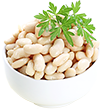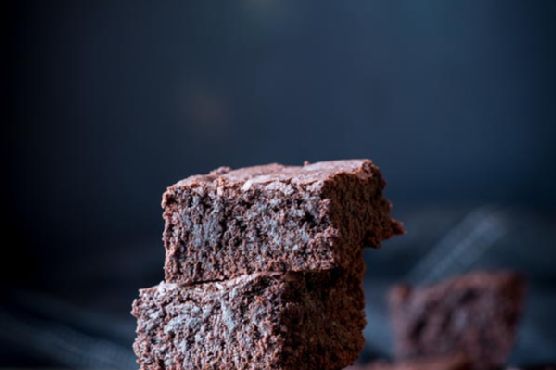Sweet Potato, Kale & White Bean Soup
Need a gluten free, dairy free, lacto ovo vegetarian, and vegan hor d'oeuvre? Sweet Potato, Kale & White Bean Soup could be a spectacular recipe to try. This recipe serves 4. One portion of this dish contains around 10g of protein, 4g of fat, and a total of 261 calories. For $1.81 per serving, this recipe covers 23% of your daily requirements of vitamins and minerals. 2 people have made this recipe and would make it again. If you have grapeseed oil, sweet potato, chicken broth, and a few other ingredients on hand, you can make it. It can be enjoyed any time, but it is especially good for Winter. From preparation to the plate, this recipe takes approximately 45 minutes. It is brought to you by Foodista. Overall, this recipe earns an excellent spoonacular score of 86%. If you like this recipe, you might also like recipes such as Sweet Potato, Kale & White Bean Soup, Kale, White Bean, And Sweet Potato Soup, and Spiralized Sweet Potato, White Bean and Kale Bake.
Servings: 4
Preparation duration: -1 minutes
Cooking duration: -1 minutes
Ingredients:
1 tablespoon grapeseed oil
1 medium sweet potato, peel on, chopped into ½” cubes
1 yellow onion, diced
1 head red kale, stems removed, leaves chopped
1 quart chicken broth (or vegetable broth)
½ cup white wine (I used chardonnay)
1 can cannellini beans (15 ounces)
1 teaspoon dried Oregano
¼ teaspoon Thyme
Salt & ground black pepper
Equipment:
pot
Cooking instruction summary:
In a large pot, heat the grapeseed oil over medium high and add the sweet potato. Saut the sweet potato, stirring consistently about 5 minutes before adding the onion. Saut about 8 minutes then add a splash of chicken broth to help steam the sweet potato and onion (the chicken broth should sizzle when it hits the pot). Continue cooking until sweet potato is softened but still al dente, another 5 minutes or so. Add all of the chicken broth, white wine, cannellini beans and the oregano and thyme. Stir well and bring to a boil. Reduce heat to medium low and simmer covered about 10 minutes. Add the chopped kale leaves, stir, cover again and cook another 5 minutes until kale leaves are softened. Taste the soup and add salt and ground black pepper to taste.
Step by step:
1. In a large pot, heat the grapeseed oil over medium high and add the sweet potato. Saut the sweet potato, stirring consistently about 5 minutes before adding the onion. Saut about 8 minutes then add a splash of chicken broth to help steam the sweet potato and onion (the chicken broth should sizzle when it hits the pot). Continue cooking until sweet potato is softened but still al dente, another 5 minutes or so.
2. Add all of the chicken broth, white wine, cannellini beans and the oregano and thyme. Stir well and bring to a boil. Reduce heat to medium low and simmer covered about 10 minutes.
3. Add the chopped kale leaves, stir, cover again and cook another 5 minutes until kale leaves are softened. Taste the soup and add salt and ground black pepper to taste.
Nutrition Information:
covered percent of daily need















